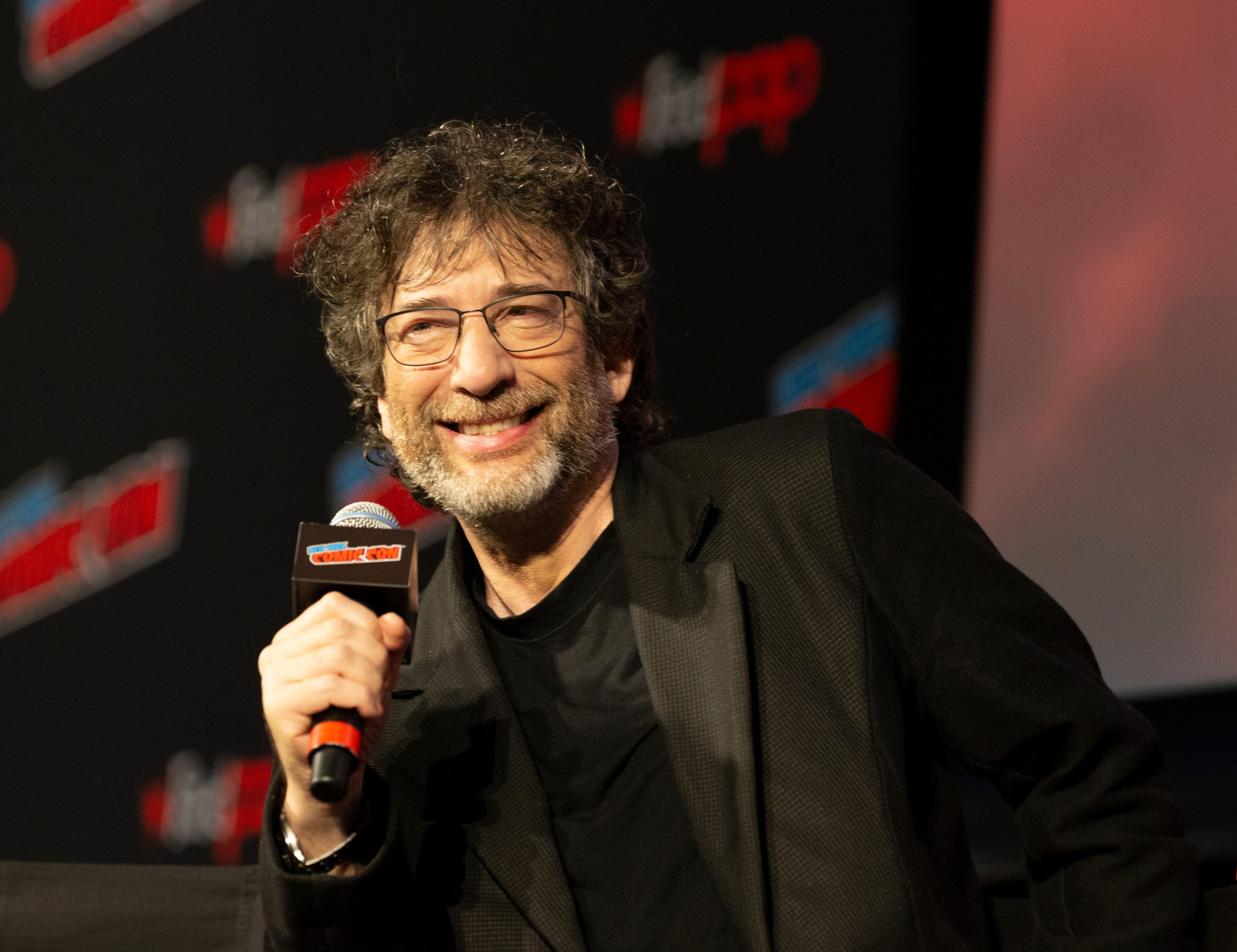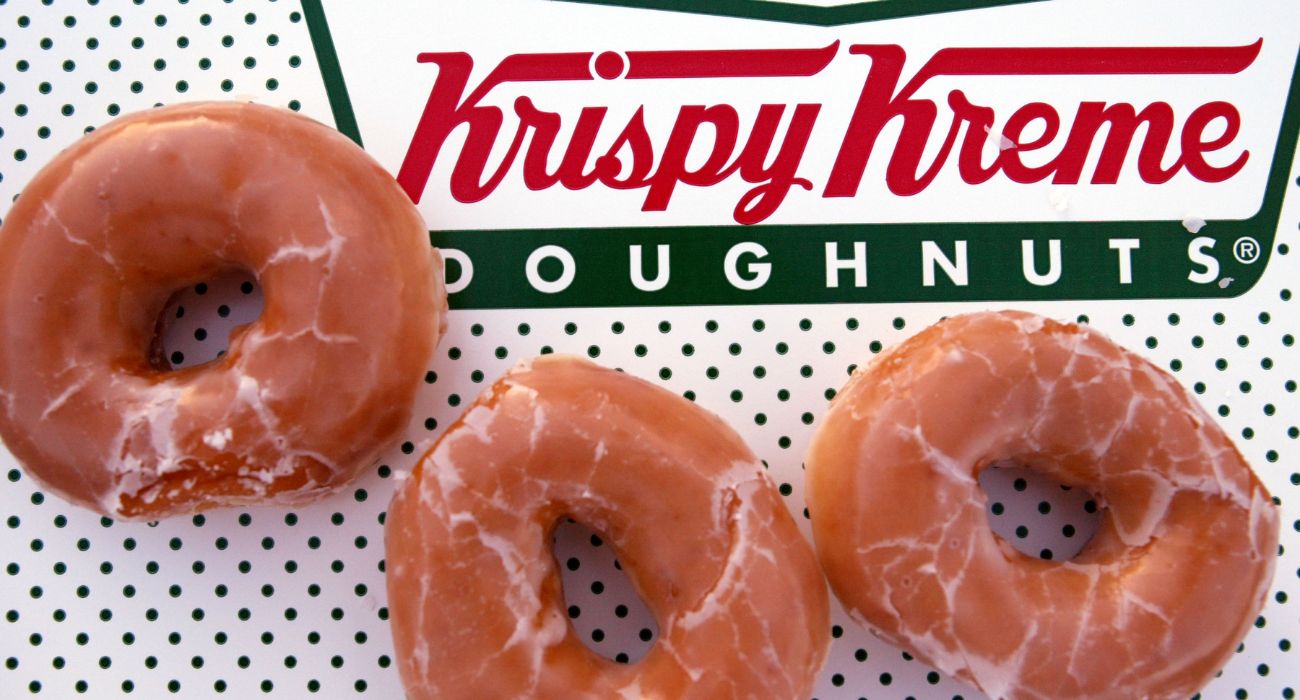A friend of mine once compared English Author Neil Gaiman to music legend Prince. I thought the observation was ridiculous, but when I asked what he meant, my friend explained that Mr. Gaiman’s work presents such a confluence of disparate elements that Gaiman, like Prince, must be a creative genius to pull it off.
After all, Prince’s art was flamboyant, vulnerable, confident, spiritual, and sexual at the same time. He was Duke Ellington, James Brown, David Bowie, and the Apostle Paul all rolled into one. But somehow, Prince stayed the same singular force throughout his remarkable career – an artist that never drifted from his distinctive persona.
As I settled into my seat on Friday at the Winspear Opera House in Dallas for An Evening with Neil Gaiman, I wondered if the man that produced Stardust, The Sandman, Good Omens, Coraline, American Gods, The Graveyard Book, and The Ocean at the End of the Lane would strike a parallel with one of popular music’s most influential figures.
Mr. Gaiman walked on stage sporting a black tailcoat and t-shirt. There was something very disarming about his humble demeanor that immediately captured the attention of the entire house.
Reading audience questions from a stack of cards, Mr. Gaiman began with the story of when he realized he would dedicate himself to writing. He described a night of insomnia in his early 20s when he suddenly thought, “I think I’m a writer. I have no actual evidence of this.” So he had to try to be a writer, he said, to see if he was lying to himself or not.
He wasn’t, of course. Mr. Gaiman’s accomplishments as an artist are remarkable. He helped elevate the comic book to the status of literature, reinterpreted Norse mythology, depicted Western religion as fairytales, and brought elements of modern horror to children’s literature. His work has also been interpreted into every narrative form imaginable.
The author’s first reading was from his haunting story “Troll Bridge.” This was the moment I realized that Gaiman is not only one of the world’s most unique storytellers but also a natural performer. My friend’s analogy was starting to make sense.
One card from an expecting couple asked if the author had any ideas for boys’ names.
“You do not want me to name your children,” Gaiman joked. “Even my wife didn’t want me to name our children.”
He told of how his daughter Holly inspired him to write Coraline. Responding to her macabre childhood imagination, he inquired at a bookshop, “What have you got in the way of horror for 4-year-olds?” They had nothing to give him. “And I thought, ‘Well, okay then if it’s going to exist, I’m going to have to write it,’” he said.
After Gaiman told a poignant story about his friend and collaborator Terry Pratchett, he read “October Tale” from his book Trigger Warning: Short Fictions and Disturbances. The story’s charming ending received a warm response from the audience.
Gaiman admitted he is particularly fond of his novel The Ocean at the End of the Lane; then, he told the crowd that he finished the book here in Dallas.
He read his freeform poem “What You Need to Be Warm,” which was inspired by asking people on Twitter what reminded them of warmth. Gaiman, an ambassador for the United Nations High Commissioner for Refugees (UNHCR), wrote the poem as part of UNHCR’s Winter Emergency Appeal for refugees in the Middle East. It was one of the most touching moments of the evening.
Finally, Mr. Gaiman told us that he was sending us into the Dallas night with a reading of “Click-Clack the Rattlebag,” a delightful bedtime story that brought the event to its lovely close.
Neil Gaiman’s art is funny, disturbing, cozy, literary, cinematic, and creepy at the same time. He’s Charles Dickens, Lewis Caroll, Mary Shelley, and Alan Moore all rolled into one. In other words, just like Prince, his unique voice will be with us for a very long time.
Bravo, Mr. Gaiman.






